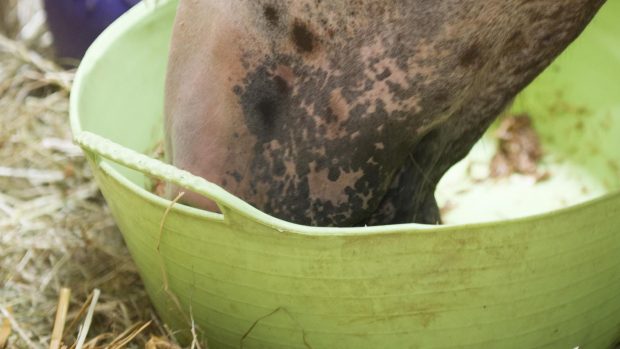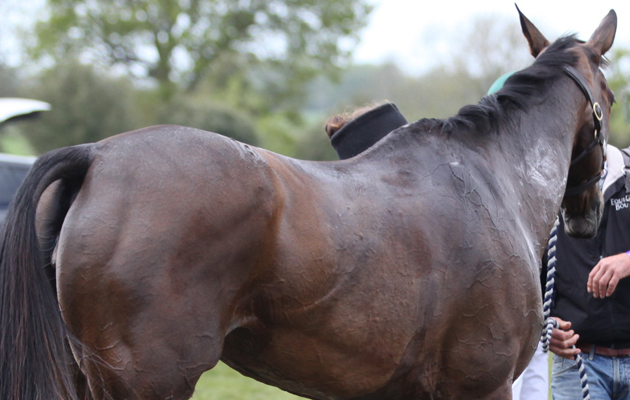As you ride or box to the meet on a winter’s morning, your thoughts are full – not only of excitement and anticipation, but also the desire for both you and your horse to come home unscathed.
There is no surer way of suffering a strained tendon, suspensory ligament or check ligament than overexerting an unfit horse during the first meet of the season.
Your horsebox or car should contain a basic first-aid kit, including sterile dressings, gamgee, cushioned cohesive bandages and dilute antiseptic.
One example of false economy is turning out with well-worn or loose shoes.
Bruised soles are ten-a-penny out hunting and it is all too easy to canter for a few minutes on roughish going to find out just a little too late that the horse cast a shoe a long way back.
In such a case, stable the horse on its return home and, if it is slightly foot sore, apply a poultice and phone your vet for advice.
Booted up
While overreach boots can be invaluable out hunting, not only to prevent overreach injuries, but to lessen the chance of losing a front shoe, it is probably best not to apply boots to the limbs.
Although experts differ in their views, there is no doubt that boots or bandages can become caught in wire or collect mud and grit underneath them, causing abrasion, infection and sensitive skin.
A nasty overreach can put a horse out of action for a while. It will typically happen at a drop fence and you should be prepared to deal with it when you get back to the box.
Clip as much hair away from the wound as possible, wash it thoroughly and flush it out with weak antiseptic (such as hibitane), followed by saline.
These are most efficiently applied using a simple hand-held plant sprayer.Your vet will happily advise you on the type of solution to keep handy and a bag of sterile saline is relatively cheap.
Then apply some hydro-gel and a sterile dressing. In vogue are activated carbon dressings which absorb excess exudate, inhibitproud flesh and promote closure of the wound.
Cover a carbon dressing with padding such as gamgee or unravelled cotton wool and apply one of those coloured adhesive bandages, taking care, if the would is in the heel, to include the foot to prevent the bottom of the bandage riding up the leg.
Some wounds may need suturing and antibiotics may be necessary. Tetanus cover is essential.



